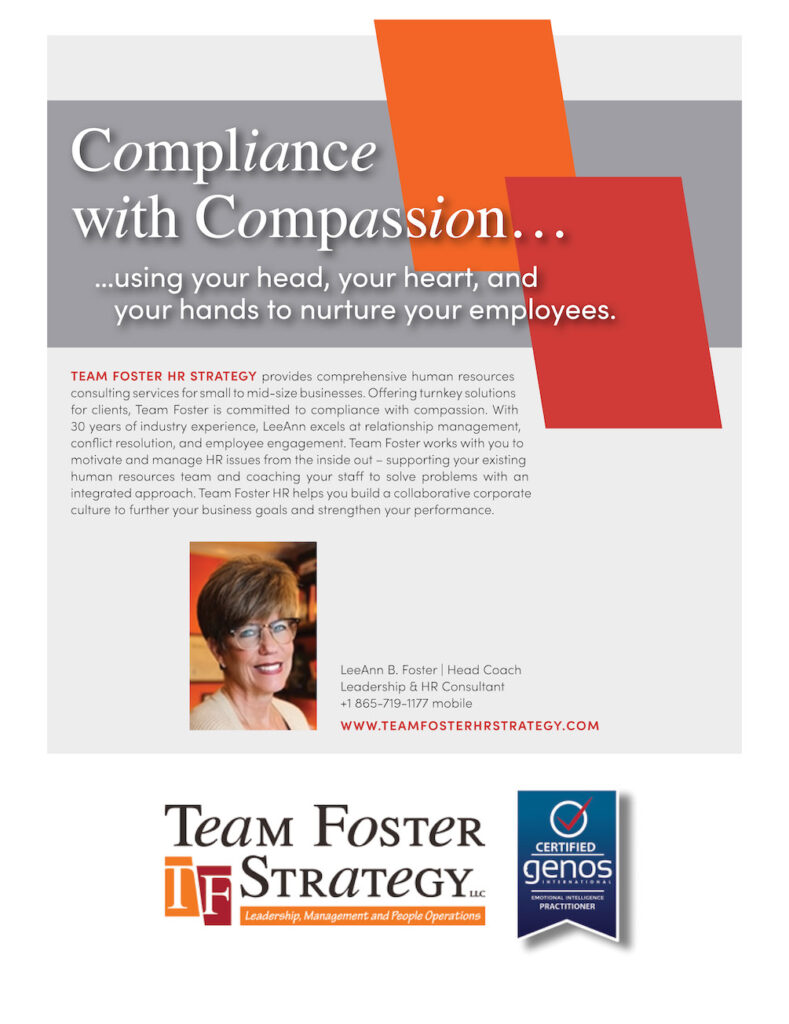“Strengthen Your Bench” – huh? What do you mean, LeeAnn? Have you ever heard this phrase in sports – “You are only as strong as your bench!” This phrase refers to the untimely illness, injury, poor grades, etc. of a person who contributes to the success of the team. Is there someone sitting on the bench who can enter the game without the level and speed of play declining? Hence – the team is only as strong as the players on the bench. Former UCLA and 10-time NCAA National Champion Coach John Wooden coined the term “Competitive Greatness”. He taught us to be ready when called upon.
Does your team have a Succession Plan updated and implemented for each of the leaders who contribute greatly to the team’s success? Key positions need a Plan B and even perhaps a Plan C. Read on to learn how to create a World Class Succession Plan – one that will serve to maintain the team’s top performance and quality.
I can’t remember where I heard or read this statement – “Make people you Competitive Edge.” I love it! If you have worked with people at all, you know that the team wins AND loses with people. Probably the only ‘thing’ your organization has that your competitors do not have is your PEOPLE. Your workforce is unique to your organization. Invest adequate resources into your People Operations to ensure the organization serves your ‘Competitive Edge’ (your people) well.
The #1 expectation of a Leader, according to me, is to build, maintain, and sustain an exceptional team. This is why having a Succession Plan is so important. To keep the team exceptional, decisions and changes will need to be made. Another reason is to help develop a diverse workforce by enabling decision-makers to look at the future makeup of the organization. So – – – let’s get started!
There are seven steps involved in Succession Planning:
- Identify legal and diversity issues to consider.
- Establish present and future leadership roles and objectives.
- Make the following lists:
- Key Employees
- Internal High Potential Employees
- External High Potential Candidates.
- Evaluate the strengths, weaknesses, and readiness for succession in key employees.
- Focus on the retention of key employees.
- Identify emergency positions without successors.
- Plan for positions that cannot be filled internally.
Below are 7 (my favorite number!) tips to build and maintain your strong bench:
- Build a Culture of Trust. In a trusting environment, employees will not feel threatened knowing there is a successor in the wings.
- Consistently hold quarterly conversations. Doing so well aid in maintaining trust and will keep you informed of an employee’s plans.
- Start a Leadership Development Program. Teach promising employees to strive for ‘Competitive Greatness”.
- Create and maintain a visible plan. Create a Leadership Succession Organizational Chart to only be used for showing leaders who plan to be with the organization:
- < 18 months – color these cells RED.
- 18 M to 5 years – color these cells YELLOW.
- > 5 years – color these cells GREEN.
Now you have a visible tool at your fingertips to keep you informed as who plans to leave when. Again – – this is nearly impossible to do if you do not create a Culture of Trust.
- Integrate your succession plan into your hiring strategy. Now that you know who is leaving when, hire candidates who fit the timing.
- Remember that with some positions, vendors or talent agencies can temporarily step in to assist.
- Have exiting employees complete a Knowledge Transfer Document.
The Best Ever Succession Tool: The Knowledge Transfer Document
When an employee informs you regarding his plans to leave the organization, ask him to complete a Knowledge Transfer Document. The exiting employee should complete the following tasks and information:
Planning and Pre-Prepping
Usually, an employee announces plans to leave an organization or the transfer of an employee well in advance. This allows time for transition and planning. During the wait, the exiting/transferring employee should: Clean and organize files, both paper and electronic, prepare and leave up-to-date financial and operational reports, update Standard Operating Procedures (SOPs) and Procedural Manual, and schedule and make introductions to suppliers, clients, vendors, etc.
The Knowledge Transfer Document should include a reminder to ensure the replacement employee knows the vision, mission, and core values, discuss/record cultural characteristics and list extra-curricular Information.
Prepare a Knowledge Transfer Calendar that records tasks done daily, weekly, monthly, quarterly, and annually.
Create a vendor/supplier List that contains each company name, service provided, company, address, contact person, and fax umber along with this contact information: e-mail address, mobile number, office number, and company main number.
Also include a list of logins, training plan for replacement. Be sure to list/discuss how to navigate industry/company software and leave a list working file names and locations, and a list of open projects and the status of each.
Once the plan is created, it must be kept current. There are 7 steps involved here:
- Develop a recurring time frame, whether semiannually or annually, to review the plan for accuracy and relevance.
- Maintain the Leadership Organizational Succession Chart.
- Determine whether the current plan still meets the organizational objectives.
- Determine whether the candidates have changed and make necessary adjustments in the plan.
- I encourage you to have each supervisor engage in the 9-Box Exercise. (Perhaps my next article will be about that!)
- Assess and develop new candidates.
What will you leave behind at your organization when you retire or win the lottery? I’ve always dreamed of leaving a powerful and enduring legacy. For HR Professionals, what better legacy is there than to leave a bullet proof organization. Your legacy could be to leave your organization 100% compliant and with an outstanding Succession Plan.
After completing a Succession Plan, the organization will have a stronger bench and will be set up to win with people.

Leadership & HR Consultant
www.teamfosterhrstrategy.com

